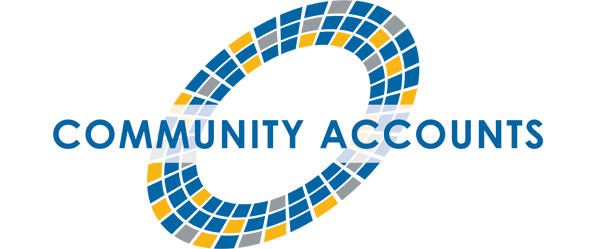Ontario: Census 2021, 2016 and National Household Survey 2011: Highest Level of Schooling
- View Percent Total
- Change
2021
2016
2011 - Change
15 and Older
25 to 64
| Male+ | Female+ | Total | |
| Total population | 5,733,360 | 6,049,460 | 11,782,800 |
| No certificate, diploma or degree | 904,590 | 895,295 | 1,799,890 |
| High school diploma or equivalenta | 1,608,160 | 1,596,010 | 3,204,170 |
| Postsecondary certificate, diploma or degree | 3,220,620 | 3,558,160 | 6,778,770 |
| Apprenticeship or trades certificate or diploma | 426,555 | 165,935 | 592,485 |
| College, CEGEP or other non-university certificate or diplomab | 1,046,350 | 1,342,860 | 2,389,210 |
| University certificate or diploma below bachelor level | 120,040 | 148,445 | 268,485 |
| University certificate, diploma or degree at bachelor level or above | 1,627,670 | 1,900,930 | 3,528,600 |
| Bachelor's degree | 1,034,000 | 1,273,690 | 2,307,690 |
| University certificate, diploma or degree above bachelor level | 99,320 | 125,495 | 224,820 |
Figures may not add to total due to random rounding.
Gender breakdown is unavailable for some variables in certain areas due to data quality concerns.
The global non-response rate (GNR) is a weighted measure of survey non-response, calculated based on the number of households that did not respond to the survey and the number of questions that respondents left out. The GNR can be used as an indicator of data quality, with lower values indicating more accurate data. Geographies with a GNR of higher than 50% were suppressed by Statistics Canada due to concerns about data accuracy. If a geography has a GNR of 0, it means that there was a response from all households surveyed, not necessarily that the data is representative of all households in the geography.
a High (secondary) school diploma or equivalency certificate' includes only people who have this as their highest educational credential. It excludes persons with a postsecondary certificate, diploma or degree.
b College, CEGEP and other non-university certificates and diplomas obtained from programs that are typically completed in less than three months are not included in this category.
Source: Compiled by the Community Accounts Unit based on information provided from Statistics Canada, Census of Population, 2021 and 2016 and National Household Survey, 2011.Statistics Canada. Table 98-10-0387-02 Highest level of education by geography: Census divisions by province or territory
Copyright: Newfoundland & Labrador Statistics Agency
Government of Newfoundland and Labrador
Data last updated on December 6, 2017

 providing INFORMATION
providing INFORMATION 